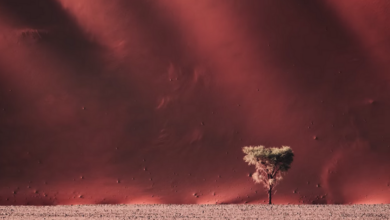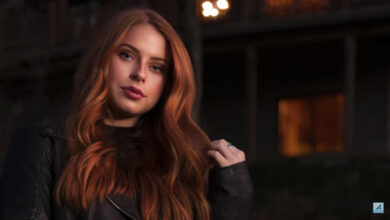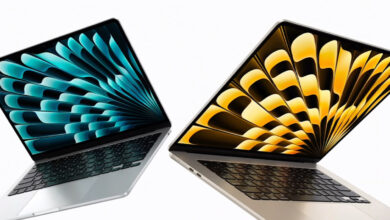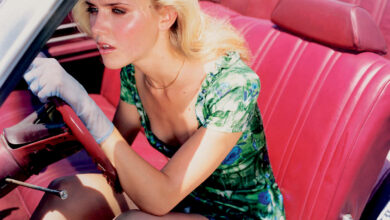Differences between different camera shutters
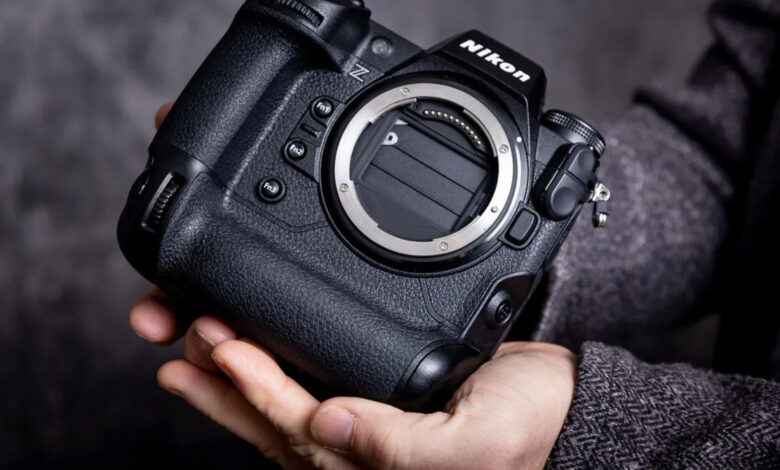
It used to be so simple. The camera shutter opens and closes again. The time in between is the exposure time. With digital cameras and mirrorless systems, things get a little more complicated. Let’s take a look at the different types of camera shutters.
The camera shutter has only one job: ensuring the right amount of light reaches the sensor. This can be achieved in many ways. It used to involve some kind of opening and closing system. With the digital age, there are more ways to do this.
Mechanical shutter
There are basically two ways to achieve exposure times with a mechanical shutter. First is the leaf shutter; the second one is the focal plane shutter.
Leaf shutter
The leaf shutter is probably the oldest type of shutter. It’s located inside the lens, in the same place as the aperture. The shutters open from the center to the outer rim and rear. The width of the opening serves as the aperture, and the time it stays open is the exposure time. Because of this structure, extremely fast shutter speeds cannot be achieved.
The leaf shutter is probably the oldest type of shutter. It’s located inside the lens, in the same place as the aperture. The shutters open from the center to the outer rim and rear. The width of the opening serves as the aperture, and the time it stays open is the exposure time. Because of this structure, extremely fast shutter speeds cannot be achieved.
Because it is located in the same position as the aperture, the leaf shutter is always integrated into the lens itself. This is the most ideal location for an optical system. It allows flash photography at any available shutter speed. Perhaps more importantly, it’s not susceptible to the rolling shutter effect.
For cameras that can exchange lenses, every lens needs a leaf shutter. It makes lenses larger, heavier, and more expensive.
Focal plane shutter
The focal plane shutter is located inside the camera. With this system, lenses are smaller and less expensive. It works with two curtains: one opens and the second closes afterwards. Due to the size of the sensor, the shortest distance for the shutter to move is in the vertical direction.
Until a certain exposure time, the sensor will be fully exposed to light. As the shutter speed gets faster, the second curtain begins to close before the first curtain fully opens. In that case, the opening becomes a small slit that exposes the sensor, starting at the top and ending at the bottom.
When using a flash for exposure, a small gap does not allow the sensor to receive a short burst of light. Only when the sensor is fully exposed will the flash allow for proper exposure. The maximum shutter speed that will fully expose the sensor is the flash synchronization time.
The focal plane shutter allows very fast shutter speeds, up to 1/8,000 second. But if you pull the curtains too slowly, the dreaded rolling shutter effect will occur. With cameras with mirrors, all images will also be black. However, mirrorless cameras also suffer from blackout because the curtain must first be closed before exposure can occur.
The curtain of the focal plane shutter used to be made of fabric. Nowadays, harder materials are used, allowing faster travel speeds and therefore faster exposure times.
Electronic shutter
The electronic shutter no longer has moving parts. This allows for silent shooting. There are also faster exposure times possible, even up to 1/64,000 second or more.
These shutters are limited to mirrorless cameras. There are three types of electronic shutter: regular electronic shutter, first electronic shutter, and global shutter.
Conventional electronic shutter
With a conventional electronic shutter, reading sensor data takes place line by line. Although exposure times can be extremely fast, read times are limited by bandwidth. There is only so much information that can be recorded at once. If the reading is not fast enough, a rolling shutter effect will occur and a color shift may be seen.
The benefit is that there are no sounds and vibrations created by mechanical shutters. As mentioned, rapid exposure is possible but there are disadvantages. The rolling shutter effect is one of them, and flash sync times are less fast due to readability limitations.
The first electronic curtain shutter
Can combine mechanical and electronic shutters. This is known as the first electronic curtain shutter. As the name suggests, the exposure process begins electronically and ends with a second mechanical curtain.
In a way, it’s a mechanical shutter with the benefits of an electronic shutter. There is no need to close the first curtain before contact and therefore there is no vibration due to the movement of the first curtain.
There is also less noise than a full mechanical shutter and can have faster flash sync times. However, it is susceptible to image distortion and banding can occur. It also has an effect on the bokeh effect, making it distorted and less attractive.
Some cameras no longer have a full mechanical shutter. They used the first electronic shutter instead of a real mechanical shutter.
Global shutter
The disadvantage of the electronic shutter can be eliminated by recording the entire sensor at a moment’s notice instead of line by line. This is called global shutter.
To do this, extremely large bandwidth is needed to accommodate all the digital information recorded. There’s also a fast image processor needed.
The benefit of a global shutter is that there is no rolling shutter at all. Additionally, flash photography can be done with almost any exposure time, as long as the flash duration is short enough.
There are also disadvantages. It requires a lot of energy, leading to more heat production. There is also a lot of signal loss. As a result, the dynamic range and ISO performance are poor compared to other modern sensors.
Till now, Sony a9 Mark III is the only full frame consumer camera with a global shutter. More will follow in the coming years. In addition, the disadvantages will eventually be resolved.
Rolling shutter effect
Almost all types of camera shutters are subject to the rolling shutter effect to some degree, with the exception of global shutters, of course. Because the electronic shutter reads one line at a time, this system suffers the most from this effect.
This effect occurs when there is rapid horizontal movement of the camera or subject. As the sensor is scanned line by line, camera or object movement will occur during the sensor scan. This results in distortion of the subject or any vertical lines in the background.
The rolling shutter effect is not affected by exposure time. It doesn’t matter whether you use 1/500 second or 1/32,000 second. It is only affected by the sensor’s reading speed. If the sensor readout rate is 65 milliseconds, which is 1/15th of a second, the rolling shutter effect will occur much faster than if the sensor readout rate is 10 milliseconds (1/100th of a second).
The rolling shutter effect also occurs with older mechanical shutters made of fabric. These focal plane shutters are much slower than those made from metal.
The type of camera shutter does not matter
For most types of photography, it doesn’t matter what type of camera shutter you use. They all accomplished the task they were designed to do: achieve exposure in the required time.
However, when performing more specialized photography, the benefits and drawbacks become important. In those situations, it is necessary to see which camera shutter best suits your needs.
